Are you a real estate photographer who is starting in the real estate industry?. This…

20 Cool Tips in Real Estate photography for Beginners
Real estate photography is a big help to showcase their listings in the best possible light, attracting more potential buyers and increasing the likelihood of a quicker sale at a higher price. In the dynamic realm of real estate, where properties are constantly in flux, captivating photography serves as the cornerstone of effective marketing. As the market thrives, so does the demand for skilled real-estate photographers who can encapsulate the allure of properties through their lenses. For newcomers venturing into this field, mastering the intricacies of real-estate photography is paramount. Understanding lighting, angles, and composition becomes the bedrock upon which one builds their prowess.
By embracing these fundamental principles, aspiring photographers can elevate their work from mundane snapshots to compelling visual narratives. Success in this competitive arena hinges on the ability to capture the essence of a property, enticing potential buyers with images that evoke emotion and intrigue. Through diligence and dedication, newcomers can carve out a niche for themselves, becoming sought-after talents in the bustling world of real estate.
Here are 20 Tips to Juice Up Your Real Estate Photography
1. Property Scanning
Before you start shooting, a walkthrough of the property will give you ample ideas. An unknown property is hard to shoot even with the best equipment. You need to perform a recce of the property, getting familiar with every corner, gathering angle, and well-lit areas.
You can arrive early for the property shoot or contact the agent for a visit. The homework you do will help to prepare the shooting plan, finding the areas you can highlight on images.
2. Preparing Shot List and Equipment
Preparing the right equipment beforehand can avoid problems like low battery later on. Take care while preparing your shooting kit, which should have backup power, hard drive, and accessories. Make sure all the batteries are fully charged and memory cards ready to shoot all photos.
Having a shot list and plan will help to focus on photography rather than brainstorming. After a pre-photoshoot visit at the property, you can create the shot list at home. The list will be your guideline for the assignment.
3. Timing is the Key
Choosing a good sunlit day with cloudless sky for photos can generate an excellent result. Real-estate photography is all about finding the right time. Time has a direct relation with good quality photos when outdoor light on the subject is concerned. In case the day is too cloudy or dark, the results will not be desirable. Study the weather forecast and plan the shoot accordingly.
The entire property must look lively when shooting in natural light. Try to take the landscape shots in the best natural light possible for optimum results.

4. Curtains Off
Putting away the curtains will allow shooting in natural light. It will save the hassle of depending on artificial lights. If you can get natural light for the shoot, why worry about artificial lighting conditions? In case the intensity of light in the interior is low, use the ISO to boost the light absorption of the camera. Just be careful to limit the grains occurring from high ISO.
Resorting to natural light creates a natural feel and equal light temperature. Whereas artificial lights create unwanted shadows. The wooden, metal surfaces and upholstery edges of the furniture gives a natural shine and glow when natural light falls on them. So put away the curtains for good and let natural light do the work.
5. Wide-angle Lens
Real estate photoshoot is the best place to use your wide-angle lens. A wide-angle lens allows better coverage and helps to take better shots. In general, you can get better photos with any wide-angle lens.
Whether it is a room or entire property, the wide-angle can capture the whole frame in a landscape form. For example, if you are shooting the sitting room, the full-frame with the details can be captured through a wide-angle lens.
6. Creative Angles
Leave space for creative shots in the shot list. It will allow you to get interesting and innovative angles making the property look beautiful. The customers look for stunning areas in the property which can be the point of attraction. If the property has a beautiful balcony with a sitting space, you can take a sunset shot. It will create the image of a good tea-time while enjoying the view of the sunset.
The creative angle adds extra features to your photos. Try to pull out an ace shot, which is completely unexpected by the client. It will develop your USP in the market, and more agents will be interested in hiring you.
7. White Balance
White balance will set the color tone of the picture. It is a small technical aspect that all photographers need to master. If the property is decorated with a white curtain and linen, the wrong white balance will turn the picture tone to yellow. It might even look pale if you do not have the right setting.
White balance can make a difference between a premium and an ordinary shot. You can also adjust the white balance with expert editing. Try Photo Editing Company’s white balance editing service for best-desired results. Leave the hassle with the experts and indulge yourself in learning and improving your craft.
8. Editing
Bringing the photos to the editing table can create premium shots for the client. A Photographer is not only about clicking shots can sharing with the client. Efforts must be made to turn the photos into premium capture. Photo editing can make this magic to the photos you shoot.
Photo Editing Company provides bulk editing service for real estate photography. The photos will get the needed premium touch without the need to spend hours behind it. The experts will ensure that your clients get the best real-estate photos.
9. Invest in Full-Frame
Investing in a full frame camera will give your added advantage in real estate photography. It is a criterion which you need to consider when purchasing the camera for your business. It might cost a good amount, but it will be good equipment at your inventory. Larger sensor provides better quality of image, low light performance, and a wider field of view and allows more room in your photo.
According to Chris Feltus, leading photographer from real estate photography, a full-frame camera capture much more details and area when it comes to crop sensor. Therefore, it is recommended to have a full-frame body in your inventory than two crop sensor camera.
10. Focus on Best Feature in a Room
Liat Tzoubari from Apartable Company recommends highlighting the best features in each room. It will improve the selling point. The photo will define the natural light which the room gets, its spaciousness, or the acute corner that will impress the buyers.
Real estate photography is more about creating a selling point for a potential client. As a photographer, you need to make things look good to upsell. So focusing on the best features of the property will help to develop a good sales portfolio.
11. Pop Colors
Designer Tamela Ekstrom reflects the attraction of a neutral color palette. A large pool of buyers is attracted to the neutral color palette. Pops of well-photographed bright color easily sells to the customers. Beginner photographers must use colorful artwork, vibrant linen, or pillow, which will ooze color and garner attraction from the clients.
It works just like a kid at the candy store. When colors pop out from the photos, it grabs the attention of the clients. Even an old-school property will look glamourous if the right colors are popped in the photos.
12. Magic Hour Shoot
Shooting the property at dusk can yield dramatic shots. At dusk, the sky is vibrant, and the exterior of the property looks far better than the middle of the day. There is enough light to illuminate the property. No distracting shadows are formed at dusk, and hence it is identified as the magic hour. Enhance your photo trips to the property during the dusk and present some stunning shots to your clients.
13. Emphasize on Space
Real estate buyers are fond of spacious properties, even at a limited budget. As a photographer, you can create the illusion of space. Tune-up the spaces with natural light, and it creates the perfect recipe which sells a property. Customer psychology is triggered when they find lots of natural light and spacious rooms.
Changing the place of the furniture and time of shooting will create an effective result. Shooting during bright sunlight and from the right angle of the room will show the space filled with light.
14. Using Vacant Space
Vacant spaces are the hardest thing to deal with during property photoshoot. Space might be perfect for a number of options, but they are hard to be shown in reality. You can use the photos of surrounding from the vacant space, use aerial footage from the antique to show the space. Last but not least, the use of props like a deck-chair or tea table can provide a nice image to the vacant space either in front or backyard.
Aerial views can amplify the beauty of the space from a different perspective. When the perspective changes, the value of the space will be felt, and buyers will love to have the property.
15. Primary Photo is the Key
There will be hundreds of images posted for the photo. But there is only one main photo which establishes the impression to the buyer about the property. It is the best tip to focus on the primary photo and make it influential so that clients check the others. This one picture will be the ‘money shot.’ More agents will line up for your appointment based on this one primary photo.
You need to identify the best angle, time, and optimum natural light when taking the shot. It must enhance the exterior of the property and share the amount of natural light it gets. When it comes to indoor, choose the most spacious room with ample light.
16. Furnishing
Taking photos of the house with just the required furniture sends a positive message. You must consult with the agent to remove any excess furniture from the room. Over furnished houses will make the property look smaller, cramped with hardly any space to move.
Furniture helps to scale the house; they show the use of space and add light to various corners. Make sure you have just the right furniture needed to balance the room and the photo you are taking.
17. Preparing the Room
Preparing rooms prior to photoshoot makes the output more professional and eye-catchy. Professional photography on real-estate must follow room by room guidance demonstration. A few tips and tricks will easily create the desired result.
For example, while shooting the bathroom, make sure to put the toilet sits down, hide any toiletries, clean mirror and glasses, remove any old towel and replace with new, use a potted flower if there is ample space.
18. Right Camera Settings
It is the most technical part of real estate photography, which beginners need to master. Residential photography needs good light and proper camera settings to get the right effect from the light. A standard-setting while shooting on natural light is ISO-100, Aperture – F/8 F/11, Shutter speed- 1/60-1/2.
The settings may slightly vary in an indoor situation. In that case, the ISO needs to be improved to capture more light.
19. Using Camera Flash
Flash will provide you just the burst of light needed to balance the shadows. Flash will help to radiate the natural color from the surrounding. It will balance the natural light at places to get the maximum out of the frame. The best way is to bounce the flash off the ceiling to get the desired natural looks for the photo.
Be careful while using flash inside washroom or toilet. It can bounce excessively and burn the overall frame. But controlled use will bring out the best result for professional purposes.
20. Shoot in Raw
Shooting in raw will allow more details and information to be captured by the camera. A raw image format is best suited for a personal touch and professional editing. Since real-estate assignments are based on market and customer attraction, editing is an integral part. Though most photographers do not rely on raw format, using the format will give you an advantage.
It will help to create more acceptable frames and shots for the clients. The editing will improve the photos with light, exposure, and various other details. Though raw format will need more space, the investment is worth it.
Conclusion
Real estate photography is important for agents and sellers because it helps make properties look amazing, attracting more buyers and speeding up sales at better prices. It’s like the magic ingredient in selling houses! For newbies getting into this, it’s crucial to learn the basics like lighting and angles to take great pictures. By mastering these skills, photographers can make their work stand out and become really successful in the real estate world. Plus, following some handy tips, like checking out the property beforehand and using natural light, can make a big difference in how the photos turn out. So, by taking awesome pictures, photographers can help sellers sell houses faster and make everyone happy.
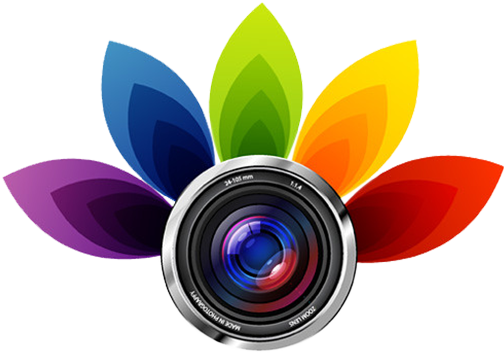

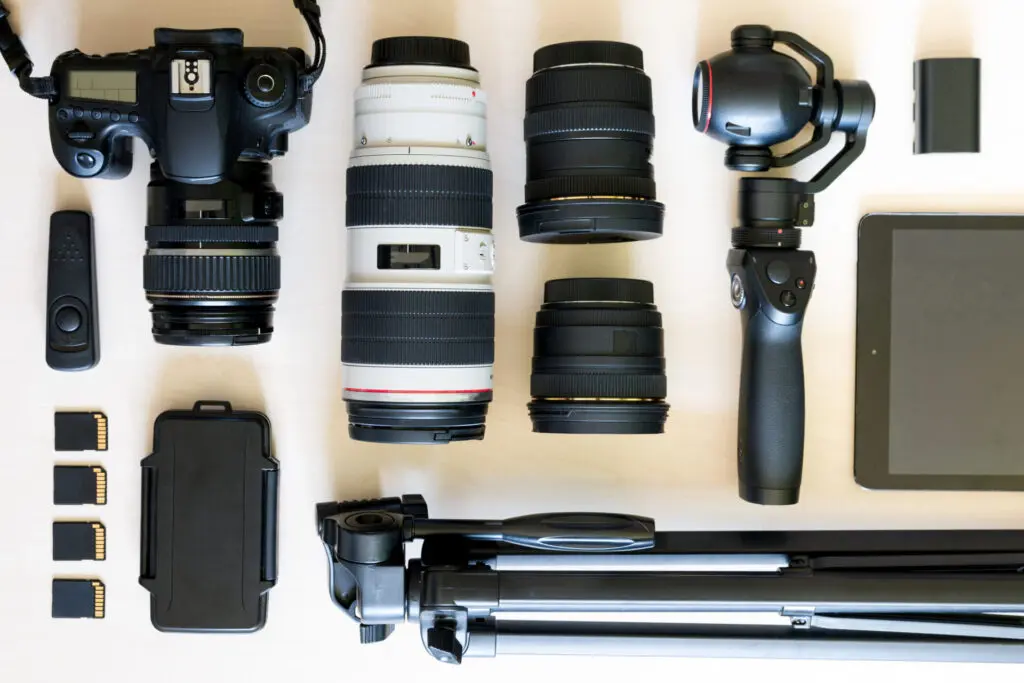



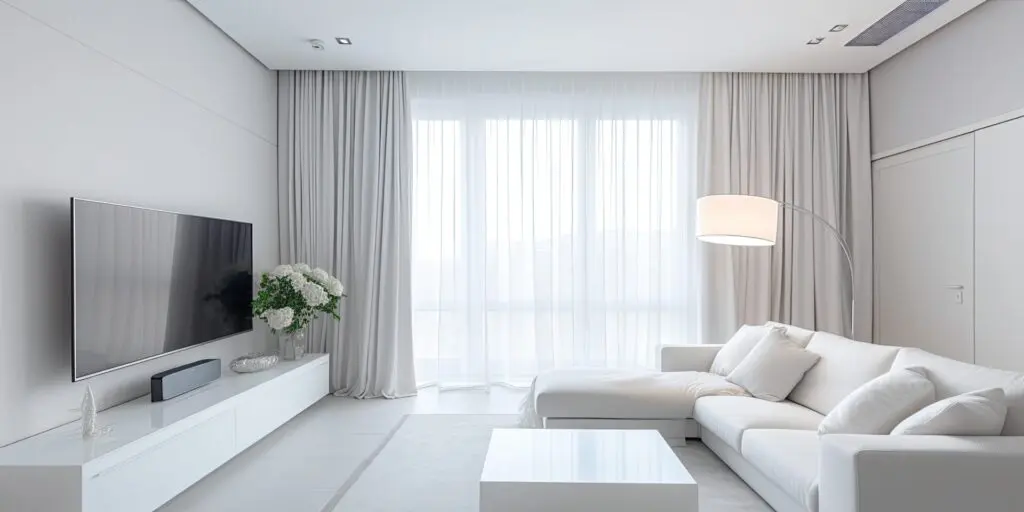
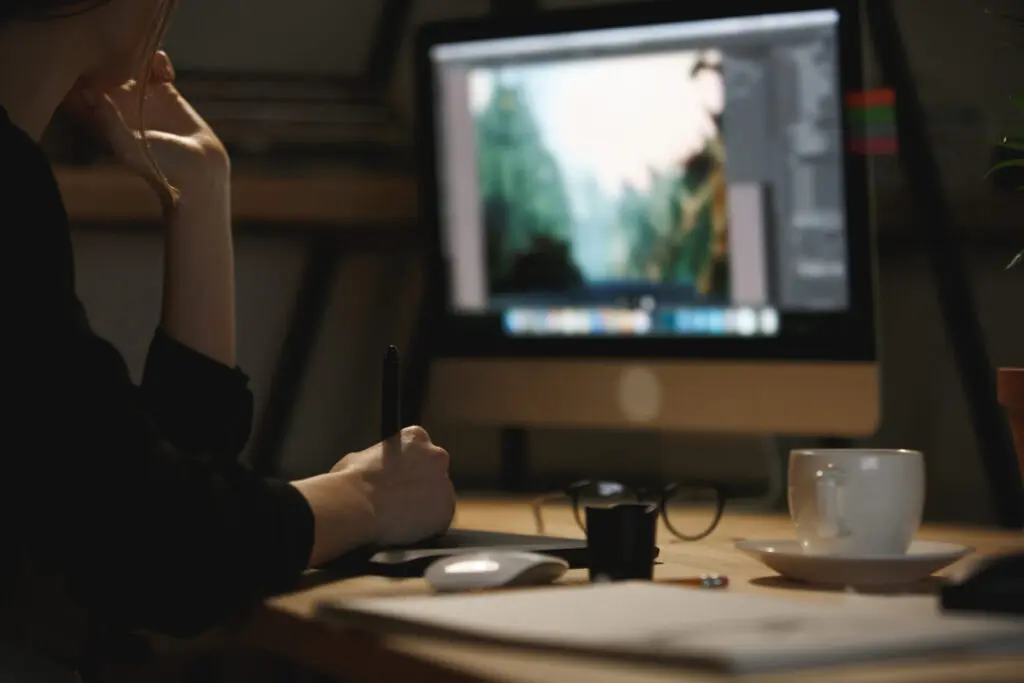
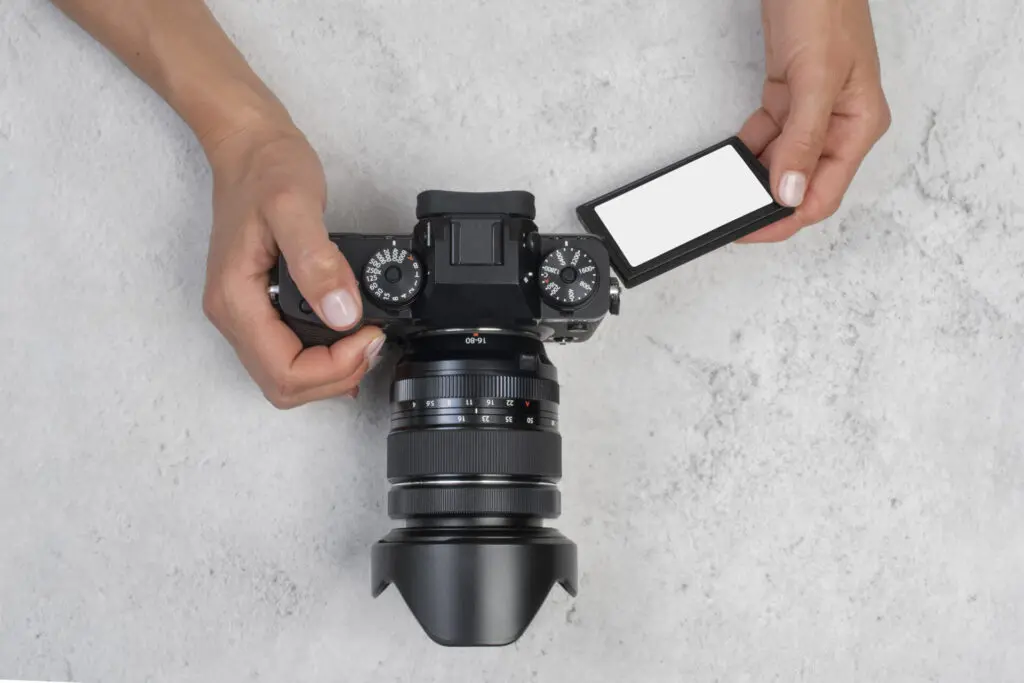


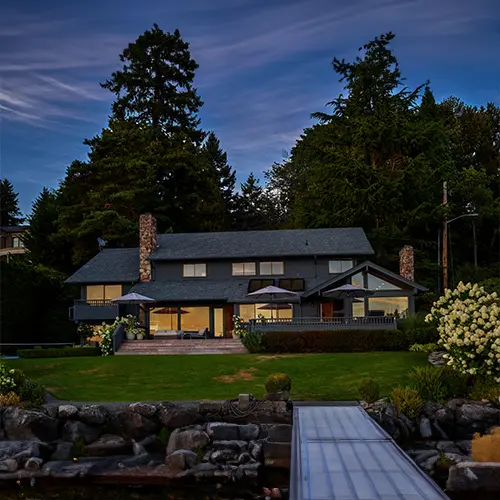
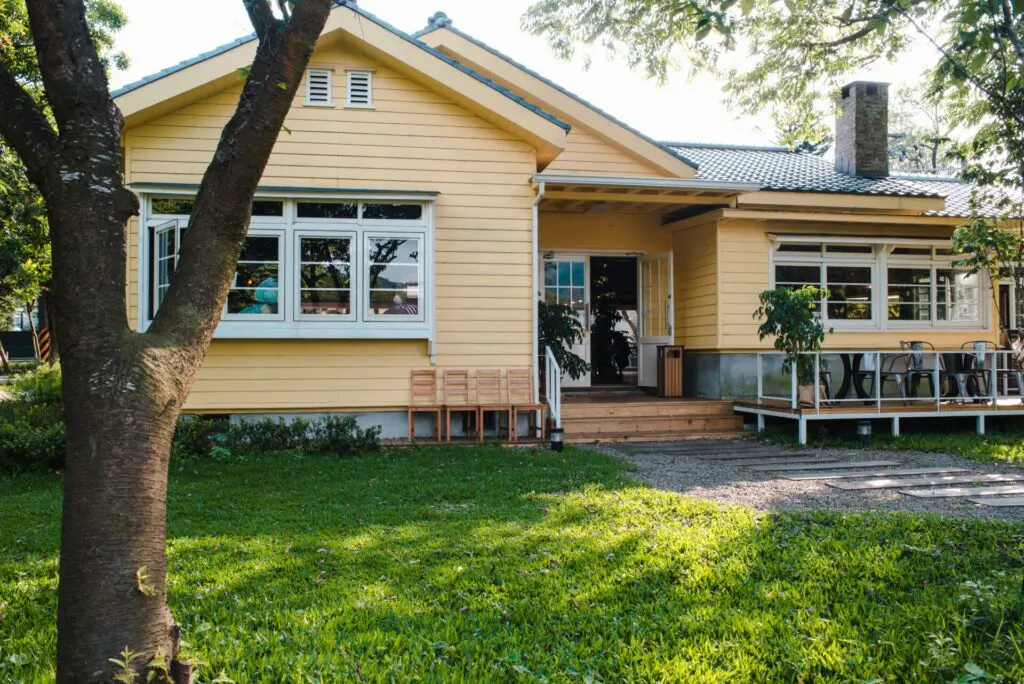






This Post Has 0 Comments